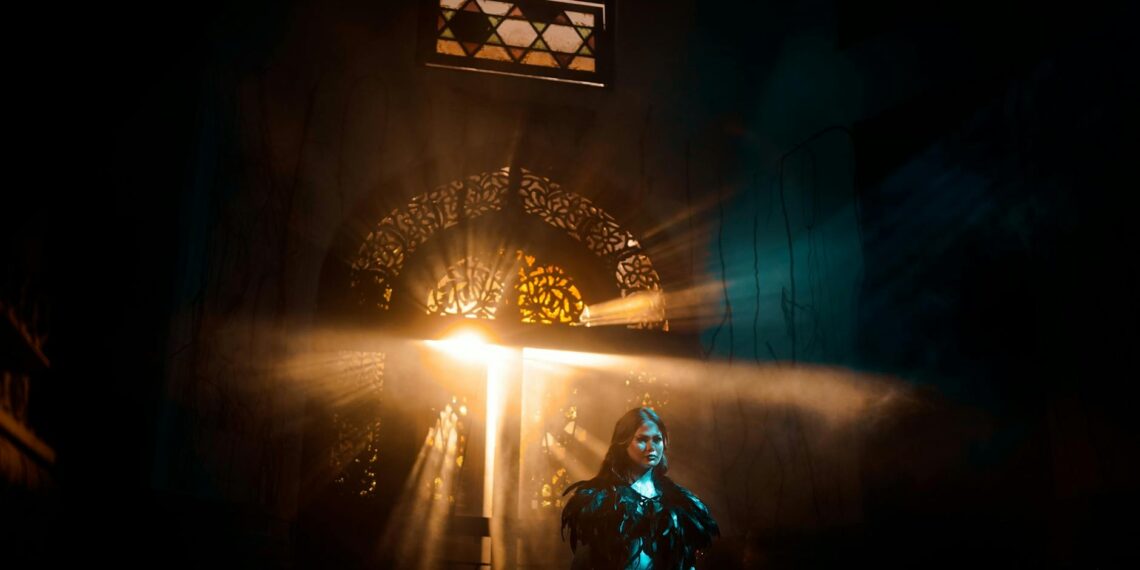Not all Sacagawea coins are rare, with most being worth only their face value of $1 USD . However, certain key dates, varieties, and error coins can be exceptionally valuable, sometimes reaching six figures at auction.
Here’s how to identify potentially rare Sacagawea coins:
Minting errors significantly increase a Sacagawea coin’s value. Look for the following types of errors:
- Doubled Dies: Design elements (like lettering or images) appear duplicated.
- Off-Center Strikes: The design isn’t perfectly centered on the coin.
- Missing Edge Lettering: Sacagawea dollars from 2009 onward are supposed to have the date, mint mark, and mottos inscribed on their edge. If they are missing, this is an error and could be valuable.
- Mules: These are coins struck with a die intended for a different coin, resulting in a mismatched design. For instance, a Sacagawea dollar struck with a [Washington quarter] obverse or a state quarter reverse would be a rare and valuable error.
- Wrong Planchet Strikes: A Sacagawea dollar struck on a planchet (blank coin disc) intended for another denomination (like a quarter or Susan B. Anthony dollar).
- Wounded Eagle Variety: This variety from 2000 Philadelphia mint features three raised die flaws across the lower portion of the eagle’s torso and wing on the reverse. These lines are die gouges, appearing as raised lines on the coin’s surface. Inspect carefully with at least a 10x magnifier.
The finish of the coin can impact its rarity and value.
- Proof and Satin Finishes: Less common than the standard circulation finish. Proof coins have mirror-like fields and frosted design elements, while satin finishes have a smooth appearance.
- Burnished Versions and Enhanced Uncirculated Specimens: These special collector-grade versions can also be more valuable.
- Luster: A coin with its original mint luster intact, exhibiting a consistent golden sheen, is more desirable and can be more valuable.
Some years and specific editions of Sacagawea dollars are significantly rarer than others.
- 2000-P Cheerios Dollars: These coins were part of a promotional campaign and were distributed in specially marked cereal boxes. They feature enhanced detail on the eagle’s tail feathers, which is different from the regular design.
- Goodacre Presentation Dollars: These were a limited mintage of 5,000 coins given to the artist of the Sacagawea dollar design. They have an unburnished finish and are sought after due to their pristine condition.
- Low Mintage Years: Certain years may have had fewer coins minted, making them rarer and more valuable.
The condition of a Sacagawea coin, even a common one, significantly impacts its value.
- Higher Grades, Higher Value: Coins in higher grades (closer to perfect condition, such as those graded by professional services like PCGS or NGC) are more valuable.
- Uncirculated Coins: Coins that have never entered circulation and retain their original mint luster are more desirable to collectors.
If you suspect you might have a rare Sacagawea coin, it’s best to consult with a reputable coin dealer or have the coin professionally graded and authenticated by services like PCGS or NGC. They can provide an accurate assessment of its rarity and value.
By carefully inspecting your Sacagawea coin for these features and consulting with experts, you can determine its rarity and potential value.









How can I tell if my Sacagawea coin is valuable?
Good point! Age and rarity.
Condition and mint mark.
Precious metal content.
Historical significance.
Collector demand.
What makes a 2000 Sacagawea coin rare?
The famous 2000-D Sacagawea Dollar and South Carolina Quarter mule is a rare coin error that features two different designs on the obverse and reverse. The obverse of the coin features the portrait of Native American woman Sacagawea, while the reverse shows the design of the South Carolina state quarter.
Are there any Sacagawea coins worth anything?
Good point! In general, most Sacagawea dollars are only worth their face value of $1. But select error coins—particularly those with unique minting mistakes or special characteristics—can command prices as high as $10,000 or more among collectors.